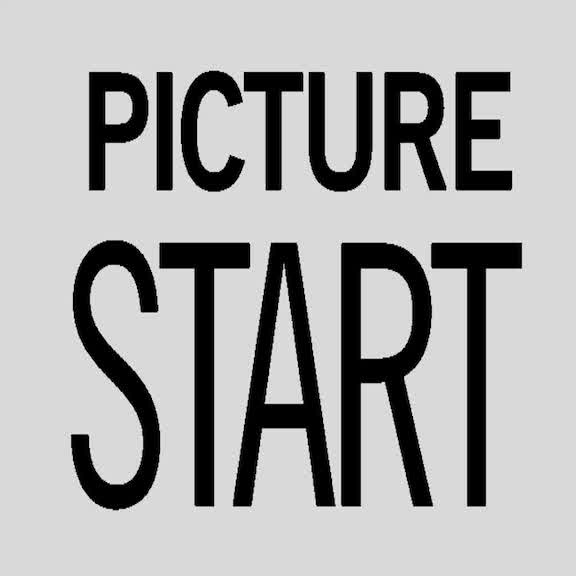Going into the next stage of discussion and planning for Assignment #4. Sem, Samantha, Meita and I started the week off by setting the record straight on the rest of the characteristics of the online space we would like to incorporate into our project. After discovering intertextuality as a concept that the project will possibly portray, we thought that interactivity, multi-linearity and unregulated length characteristics will also best suit our project.
The reason is that we planned to uncover the reality of isolation as a non-fictional mental health issue through forming a narrative within a fictional character, in this case, one of our group member, Meita. As I mentioned before, we were going to focus on 3 scenarios to depict in the project. Due to the way we wanted to explore an interactive narrative or story, depicting an ‘issue’, our discussion this week, led to us deciding that these scenarios were best broken down into 3 person-views or perspectives within 3 different scenarios that interconnect with one another creating, a flow – intertextuality.
Furthermore, the project would have a first-person-view which has a GoPro look, a second person view that would represent what an isolated person would feel in their heads/minds and lastly, a third person view that would show the reality of the world surrounding this person actually looks like.
This incorporation of the project’s different perspectives and through some feedbacks given in-class, resulted in us wanting to depict this interpretation by encompassing scenarios that are based on the normalised life of a University student. The scenarios include a tutorial classroom, going through an alley to go home and being at home. Within each scenario, then lies the 3 different person-views.
Hannah suggested that to move forward with this ‘rough’ idea of the studio’s projects, it is better to write it down or simply, map it out respectively within each group. Which, I find very true and beneficial as a University student who works in a group often. Sem, Samantha, Meita and I then started to map out the details of what we have discussed so far and collated them, in a media production plan.
Here’s what my group’s media production and plan look like, along with, the schedule we thought will suit us to execute this production:
After multiple of times asking Hannah for feedback and thorough discussion among one another, the media production plan we acquired was basically, a rough idea of what we will and should be able to experiment on. Learning from the previous assessment mistakes, where my group and I were lost half of the time. We jumped on this assessment, eager to develop what we as a group were looking for and somewhat be on the same page. Thus, we really wanted to do the production or planning of the project justice and as thorough as possible.
In consequence of this approach to having various segmented clips, we discussed that the interactivity feature will best be displayed through utilising Korsakow. And through Korsakow, is where our multi-linearity and interactivity characteristic directly applies. Exploring and developing linearity in a different way from Assignment #3 was crucial for my group and I. The existence of non-linear or complete randomness was something that was portrayed previously.
Now, Sem, Samantha, Meita and I decided to spruce it up and shift this notion into multi-linear of expression in the same narrative or flow of online interactive storytelling. This means that we were encouraged to evoke the feeling of isolation through multiple interpretations of viewing the project. Thus, being more attentive towards the ‘user experience’ in Korsakow. So that, the viewer/user could navigate through the project in various ways.
Other than multi-linearity and interactivity that was clearly acquired from presenting the project through Korsakow. We also thought that each media fragments created should be made of unregulated length. The reason is that my group and I did not want to limit what is being portrayed. Thus, instead of, emphasising constraint in the length of each clip (like, Assessment #3), we wanted to utilise the freedom of the project wisely and allow flexibility.


